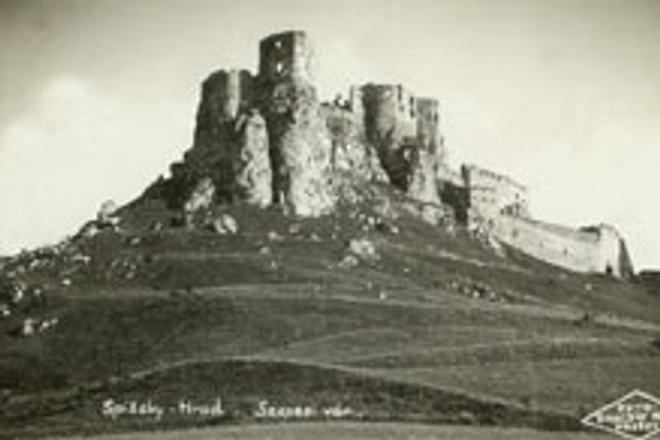SPIŠ Castle lies on a hill that has been populated since time immemorial. The largest number of people lived there at the beginning of the first century AD, during the Celtic period. The remnants of that civilization can be found there to this day.
But sometime in the second century, the hill was abandoned, which it remained for almost 900 years. Then, in the 12th century, the House of Árpád built a castle on its summit, with fortifications so solid no army was able to capture it. Instead, greed and natural disasters were to lead to its downfall.
The castle's architects didn't know about the faults in the hill, which caused the rock to slide three or four centimetres up and down each year. As a result, one of the castle's towers collapsed in the 12th century. Another of the towers was blown up with gunpowder in the 16th century, after the Robber Knight Šarško bribed some soldiers to let his men climb the ramparts.
This was actually at least the second time that the castle fell victim to greed. In the 15th century, its captain was bribed to surrender to the enemy.
As the largest fort in Slovakia, Spiš Castle is among the largest castle sites in Europe. What remains of it is pictured in this postcard from the 1920s.


